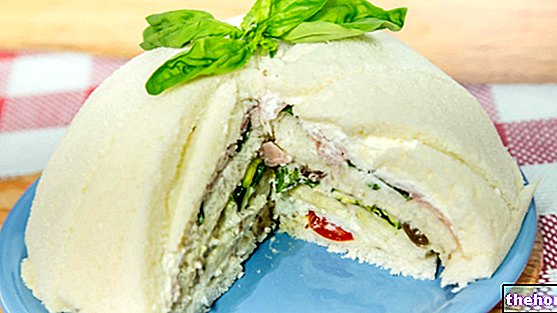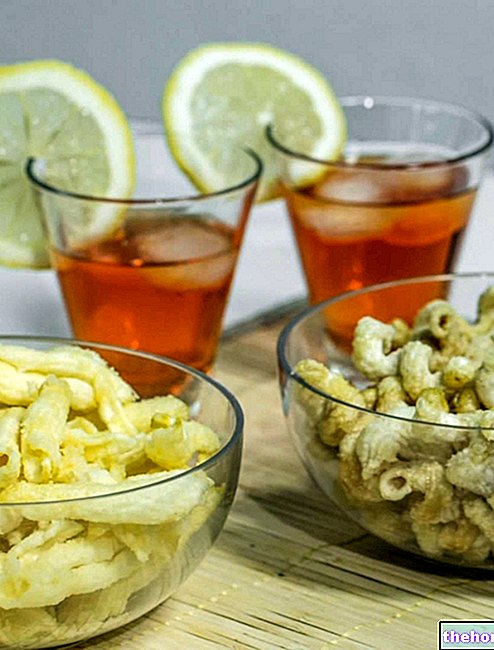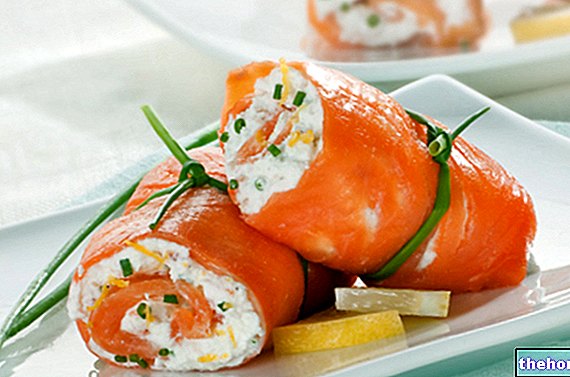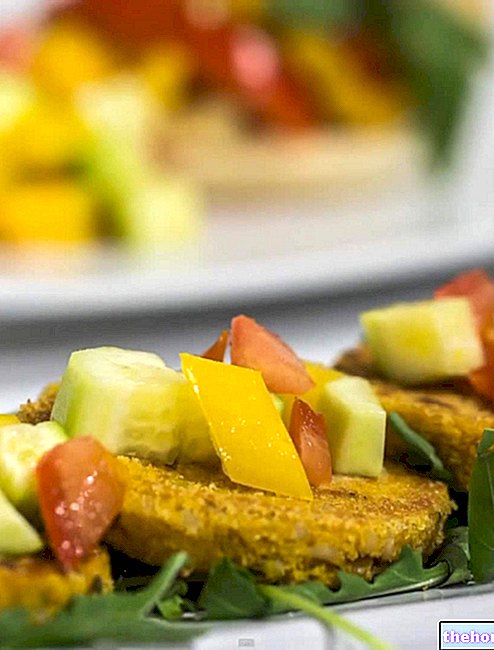Eggplants abound in my garden, so in the kitchen I enjoy preparing a little bit of everything: quiches, eggplant parmesan, caponata and so on. But given the abundance, I decided to keep them for the winter, so I will have them ready even out of season. Today I will show you all the tricks to prepare aubergines in oil, in total microbiological safety.
Video of the Recipe
Problems with playing the video? Reload the video from youtube.
Identity Card of the Recipe
-
Ingrediants
For about 3 x 250g jars
- 1 kg of eggplant
- q.s. of coarse salt
- q.s. (about 300 ml) of olive oil or extra virgin olive oil
- Dry flavors: Q.b. of chilli
- Dry flavors: Q.b. of parsley
- Dry flavors: Q.b. of garlic
- Dry flavors: Q.b. of oregano
For the cooking
- 600 ml of water
- 600 ml of vinegar
Materials Needed
- Colander
- Glass jars with screw cap
- Large saucepan
- Skimmer
- Clean tea towel
- Knife
- Chopping board
- Bowls
- Potato masher
Preparation
- First of all, carefully wash all the utensils needed to make the preserves: jars, pots, colanders, cutting board, knife, etc.
- Wash the aubergines, rubbing them to remove any traces of soil.
- Clean the aubergines, remove the stalk and peel them.
Please note
The number one rule to reduce the risk of microbial contamination of the food is cleaning it and carefully washing all utensils in boiling water or in the dishwasher.- Cut the aubergines into slices less than 1 cm thick, then into thin strips.
- Gather the aubergine strips in a colander, alternating with coarse salt: in this way the aubergines are "purged" or are deprived of a good part of solanine (a particular potentially toxic alkaloid, inactivated by heat, often also responsible for the bitter aftertaste of aubergines).
- To facilitate the purge of solanine from the aubergines, it is advisable to press them with a weight (eg. Bowl full of water).
- Leave the aubergines to drain for a few hours, preferably overnight.
- The next day you can proceed with the preparation of the preserves. Rinse the aubergines thoroughly to remove as much salt as possible and squeeze them to remove the water.
- Prepare a solution of water and wine vinegar in equal parts, salt lightly and bring to a boil.
- Dip the aubergines into the pot and calculate 3-4 minutes from the moment of boiling.
- Drain the aubergines from the cooking liquid and let them drain on a colander. To facilitate the escape of water, it is advisable to squeeze them with a potato masher.
- After that, spread the aubergine slices on a clean cloth, cover with absorbent paper or another cloth and leave to dry for 4 hours or more.
Why let the aubergines dry in the tea towel?
To obtain quality preserves in oil and to reduce the risk of germination of botulinum spores, it is advisable to minimize the amount of water present in the food.- Meanwhile, prepare the glass jars with their respective screw caps. Then place the jars in a large saucepan and fill with water. Bring to the heat and allow for at least 20 minutes from boiling.
- When the aubergines have dried they can be placed in pots. Remove the jars from boiling water and let them dry for a few minutes: they must not contain traces of water. Pour a drizzle of oil into the jars, flavor with dried aromatic herbs to taste (eg chilli, parsley, basil, garlic, thyme, oregano, etc.) and fill with aubergines, alternating with oil and flavorings. Proceed in this way until the jar is completely filled.
The choice of aromas
To consume the product in total microbiological safety, it is also important to pay attention to the use of flavorings. Those who want to use fresh aromatic plants must first blanch them in water and vinegar: in fact, remember that acidification drastically reduces the risk of spore germination.
To skip this step, dried spices can be used.- With a spatula or a presser, gently squeeze the oil-covered aubergines to release the air bubbles that inevitably arose when they were filled with oil.
- Wait a few hours and check the oil level: if it has dropped below that of the aubergines, top up (further addition of oil).
- Close the jars with the respective caps and proceed with the pasteurization at 80 ° C for 10 minutes. Then insert the jars in a saucepan, taking care to place a cloth to avoid splintering the jars during pasteurization. Calculate 10 minutes from reaching 80 ° C, often monitoring the temperature with a thermometer.
Did you know that
In such a preserve, in which the conditions of acidity and scarcity of water reduce the resistance of the spores to heat, a pasteurization treatment at relatively low temperatures (80 °), to be continued for a few minutes, is sufficient.- Let the jars of preserves cool in the water until they are vacuum sealed.
- Store the jars in the dark for 1 year. To better appreciate its flavor, it is advisable to consume the preserve at least 3 months after potting.
Alice's comment - PersonalCooker
The preparation of aubergines in oil is not very fast, I realize! But the satisfaction of preparing them at home is priceless! You can also use the same method for the preparation of zucchini and peppers in oil: in these cases, it will not be necessary. the preliminary treatment with salt.
Also try the Cauliflower Sott "Olio!Nutritional values and Health Comment on the recipe
Aubergines Sott "Olio are preserved vegetables, to be produced in moments of summer surplus and suitable for winter feeding (when the vegetable in question should not be available).
ATTENTION! Using the indirect method, it is not possible to accurately establish the relative nutritional values. We can however affirm that the aubergines in oil are high-calorie foods with a prevalence of lipids. The breakdown of fatty acids is in favor of the monounsaturated ones and, while cholesterol is absent, the fibers are significant.
Aubergines Sott "Olio are NOT suitable products for the diet of overweight subjects, even if from a metabolic point of view they cannot be defined as contraindicated foods.
The average portion is around 50g.




























